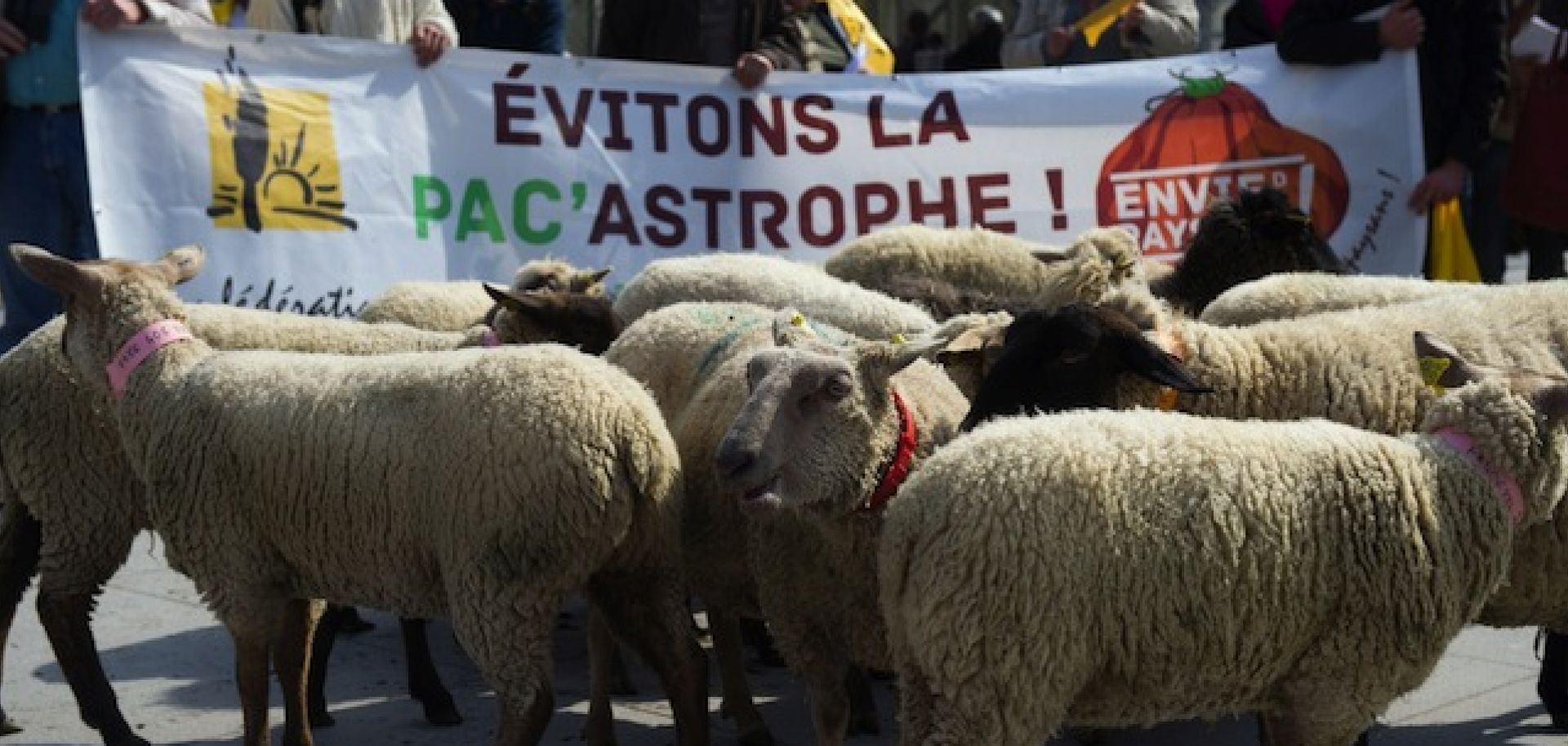ASSESSMENTS
Understanding the EU Common Agricultural Policy
Apr 18, 2014 | 09:47 GMT

MARTIN BUREAU/AFP/Getty Images
Summary
The European Union's Common Agricultural Policy essentially consists of a combination of subsidies to agricultural producers, supported by import barriers for agricultural products and incentives for exports. It accounts for roughly 40 percent of EU budget expenditures. It is a source of contention among EU member states; some want greater subsidies and others want the policy reformed or annulled altogether.
In the long run, the Common Agricultural Policy is likely to make up a smaller percentage of the bloc's budget than it does now. However, food security, specifically domestic production, will continue to concern European leaders, and agricultural producers will remain politically significant in most EU countries. Reform of the policy in the coming years will focus on modernization and simplification, but complete abolishment of the Common Agricultural Policy is unlikely.
Subscribe Now
SubscribeAlready have an account?
